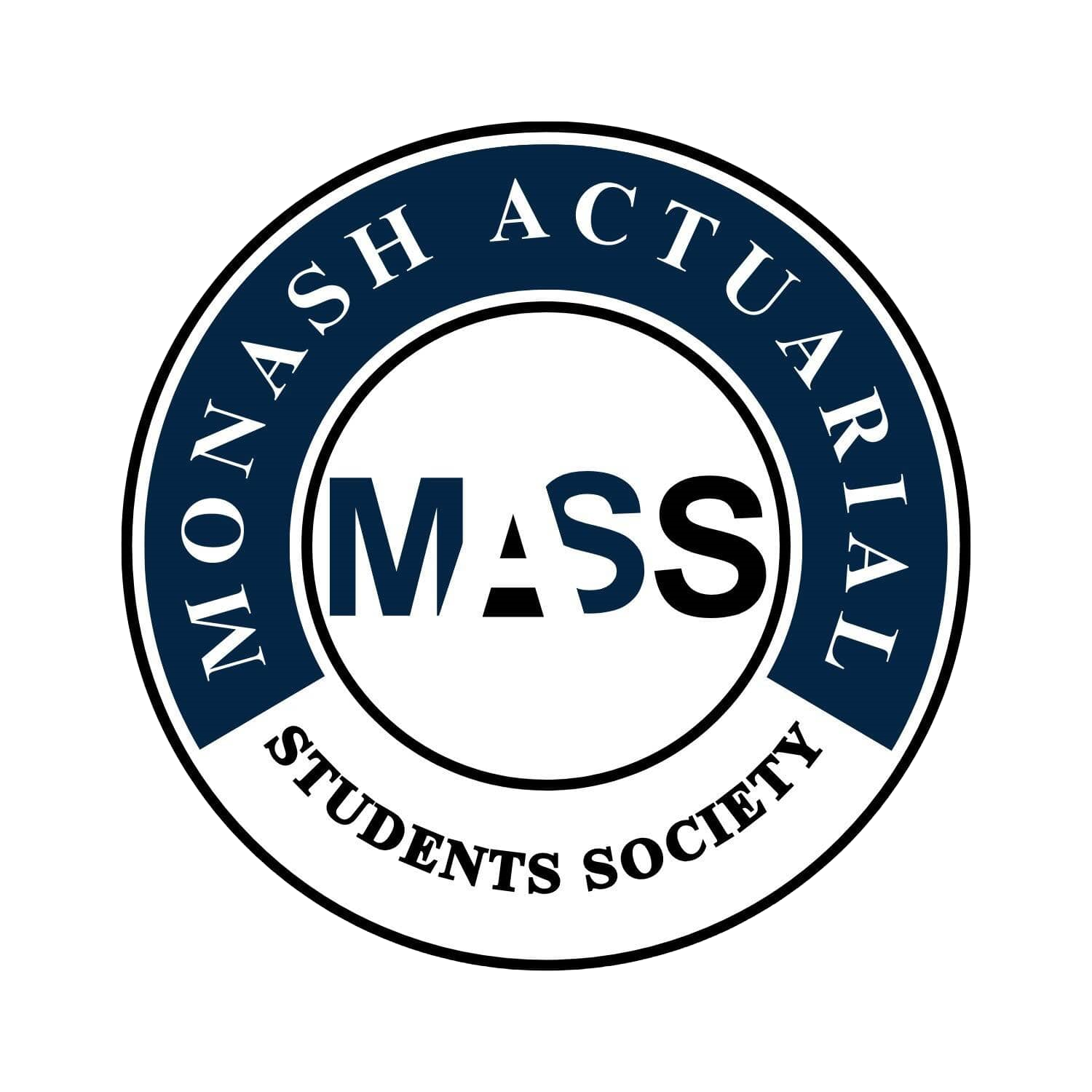ETC2410 Introductory Econometrics
(2024)
Difficulty:
Year Completed: Semester 1, 2024
Prerequisite: ETC1000
(or ETW1001, or ETB1100, or FIT1006, or SCI1020, or ETF1100, or STA1010, or ETX1100)
Exemption: N/A (prerequisite for other units)
Mean Setu Score: 77.8%
Clarity of Learning Outcomes: 76.6%
Clarity of Assessments: 83%
Feedback: 75.80%
Resources: 73.20%
Engagement: 85.00%
Satisfaction: 73.20%
Subject Content:
Lecture(s) and Tutorial(s):
Textbook(s):
Assessments:
Following an introduction to the unit, topics such as Probability and Statistics, Simple and Multiple Regression Analysis, Inference, Dummy Variables, Functional Form and Model Selection, and the Statistical Properties of the OLS estimator were covered.
In the later weeks of the course, our understanding was expanded by exploring the following advanced topics: Heteroskedasticity, Serial Correlation, Modelling Dynamics, and Large Sample Properties of the OLS.
2 x 1 hour lectures
1 x 1.5 hour tutorial
Introductory Econometrics: A Modern Approach 7th edition – not used at all, but provides thorough explanations of topics covered.
2 group assignments: Assignment 1: 20%, Assignment 2: 10%
Tutorial quizzes and participation: 10%
Final Exam 60% (no hurdle requirement)
Comments
The unit becomes progressively more challenging as the weeks pass by. However, by maintaining consistency in staying up to date with the lectures and diligently attending the weekly tutorials, it becomes more manageable. There was also previously taught materials from first year subjects.
The lectures were highly engaging and played a crucial role in helping us grasp the content effectively, especially in preparation for assessments. The lecture slides were notably comprehensive, and the lecturer employed a practical approach by illustrating theory using examples. The lectures being split into two one-hour lectures meant it was easier to concentrate
The tutorials carried a 10% mark for attendance, making them essential for achieving success in this course. They have proven highly beneficial by providing comprehensive demonstrations of using EViews. While there wasn’t a specific need for preparation before attending the tutorials, it's important to note that completing the weekly quiz before each session contributed to the overall 10% mark for participation.
Students prepared for the assessments by thoroughly understanding the lecture slides and reviewing their notes. The markers provided constructive feedback for the assignment and were relatively lenient in their grading. While the tutorial questions served as practice materials, there were no additional resources specifically for the assignment. Overall with a strong understanding of the coursework the assessments were quite doable.
To prepare for the final exam students were given a sample exam, which provided a good indication to the type of questions that’ll be assessed. It’s also recommended that students review the tutorial questions and assignments as the exam questions are similar to these. Ultimately, by reviewing all these resources and the conceptual knowledge of the lectures, students can do well in the exam
While this unit is quite challenging, it becomes manageable if you consistently attend the weekly lectures, grasp the topics, and diligently complete the tutorial questions and assignments. These actions will significantly contribute to your success in the unit.
General Overview:
Lectures:
Tutorials:
Assessments/Other Assessments
Exam
Concluding Remarks

